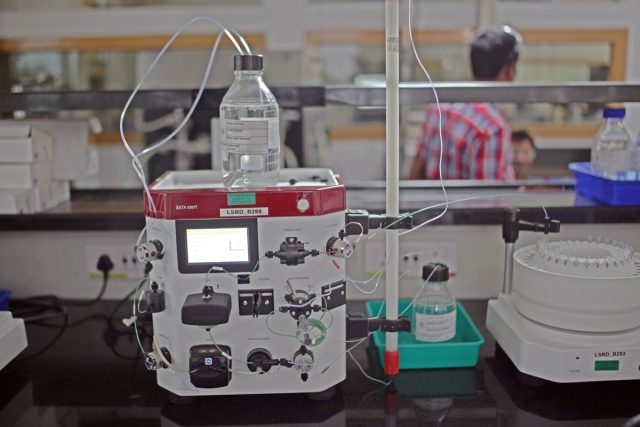AI plus a chemistry robot finds all the reactions that will work
Ars Technica » Scientific Method 2018-07-18

Simple robots have been part of chemistry for years. (credit: Greg Russ)
Chemistry is a sort of applied physics, with the behavior of electrons and their orbitals dictating a set of rules for which reactions can take place and what products will remain stable. At a very rough level, the basics of these rules are simple enough that experienced chemists can keep them all in their brain and intuit how to fit together pieces in a way that ultimately produces the starting material they want. Unfortunately, there are some parts of the chemical landscape that we don't have much experience with, and strange things sometimes happen when intuition meets a reaction flask. This is why some critical drugs still have to be purified from biological sources.
It's possible to get more precise than intuition, but that generally requires full quantum-level simulations run on a cluster, and even these don't always capture some of the quirks that come about because of things like choice of solvents and reaction temperatures or the presence of minor contaminants.
But improvements in AI have led to a number of impressive demonstrations of its use in chemistry. And it's easy to see why this works; AIs can figure out their own rules, without the same constraints traditionally imparted by a chemistry education. Now, a team at Glasgow University has paired a machine-learning system with a robot that can run and analyze its own chemical reaction. The result is a system that can figure out every reaction that's possible from a given set of starting materials.